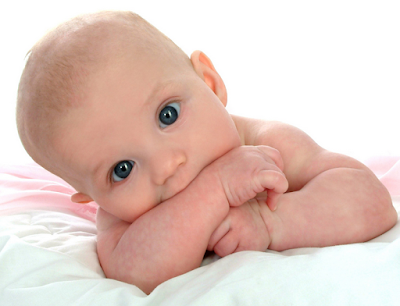Children born with cerebral palsy face different challenges. One such
challenge is visual impairment. Cerebral palsy typically affects the muscles of
the whole body, sometimes including the muscles controlling the eyes.
Decades of European research states that up to one third of individuals born
with cerebral palsy may have some form of moderate visual distortion. At the
same time, 10 percent of all children with CP have serious visual impairment.
This may limit their ability to see clearly, read, interact with the environment
and others as well as avoid potential hazards around them.
Cortical Visual Impairment
The most common type of visual impairment associated with cerebral palsy is
called “cortical visual impairment.” This usually happens due to damage within
parts of the brain responsible for processing visual stimuli. In this kind of
scenario, the child may have numerous difficulties such as recognizing familiar
places, faces and other things. They may also have a hard time seeing different
things at the same time, as well as knowing where things are in a three
dimensional setting.
Further problems associated with cortical visual impairment include:
Making quick eye movements.
Getting tired of using their eyes quickly.
Focusing when they are looking at an object that’s close by.
Blurred or missing fields of vision.
How You Can Help
You can help develop your child’s vision by giving them brightly colored toys
to play with as well as placing them in well-lit rooms where possible. At the
end of the day, these children need more visual stimulation if they are to
regain a decent level of vision to go about their daily lives in a relatively
independent manner.


No comments:
Post a Comment